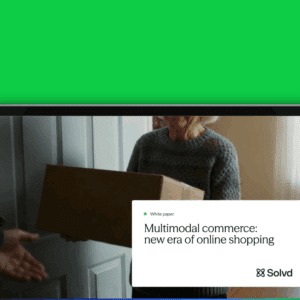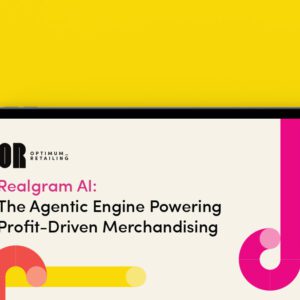By Michal Harel, ClickTale

Web site aesthetics are big business. The average enterprise redesigns its web site every two years, pouring millions of dollars into the endeavor. But while cutting-edge graphics and design might yield a site that looks amazing, all those bells and whistles aren’t going to translate into higher profits if the site isn’t smooth and functional underneath its expensive sheen.
Enterprises tend to make three big mistakes when it comes to web design. And while good looks certainly matter, it’s crucial that customer experience and ease of use isn’t forgotten. At ClickTale, my job is to help companies better understand how design impacts conversion, and how to avoid these specific pitfalls. Here’s what I advise them:
Web site, web site on the screen: Just how much does beauty mean?
In the real world, we all know that beauty is only skin deep. And online, a similar mantra applies: Beauty is only screen deep.
The companies that I work with, including Walmart, North Face and Adobe, are industry leaders. As such, they want their web sites to be as cutting-edge as their projects. But while the latest craze in web design might be carousels or mega-menus, companies start to trip themselves up when they forget to ask a crucial question:
Do we really need this, or is it just confusing to the customer?
When a customer comes to your site, he has a purpose in mind and needs a specific funnel of information to accomplish it. Don’t throw him off course by bombarding him with too many flashy features. Think strategically:
What do your customers need in order to convert?
All elements on your homepage should have an underlying purpose: Helping boost conversion rates. If it doesn’t contribute to the bottom line, then it’s simply going to get in the way, no matter how slick or trendy the feature is.
It’s great to follow trends if they work for your strategic goals. The problem is when beautiful design leads to decreased functionality for the user.
Mr. Demille, I am NOT ready for my close-up
About 80% of web sites around the world allow users to checkout without registering, but that number is going down. One of the newest – and most self-sabotaging – trends in e-Commerce is that companies are beginning to force their customers to register in order to make a purchase.
While businesses like to have customers in their databases so they can send them promotions, I always tell my clients to put themselves in the shoes of their customers. No one likes to be forced to divulge private information, and when we look at the rise of customers doing their shopping on mobile devices, the issue becomes even more pressing.
When visitors navigate a web site via their smartphone, they want to do so quickly and easily. They’re on the go, and they want their transactions to move with them. By forcing visitors to sign in and register, you’re putting a big glaring checkpoint between where they are and where they want to go. Rather than letting them move easily from shopping to checkout, you’re doing the opposite: Forcing them to stop and go through the hassle of plugging in data and entering yet another password that they’ll now have to remember. Forced registration gets between the customer and their purpose for visiting your site. They came to your website to shop. And you don’t just want them to window shop, you want them to purchase. Now just let them do that.
“Frankly my dear, with all these options, I don’t give a damn”
When it comes to pleasing your customers, sometimes less is more. Many companies bombard their visitors with too many options, making the checkout process more complex and confusing than it needs to be. The number one goal when it comes to website design should be to create a short funnel from shopping to checkout. But too often, companies clog that pathway with unnecessary extra buttons, such as asking their customers if they want to send their items to different locations.
Before you add extra options, ask yourself: What percentage of my visitors are actually utilizing these options? You want customers to make a quick decision. You don’t want them to spend too much time in the checkout process. If you make the process too complicated, you run the risk of customers abandoning their shopping carts entirely. No one has the patience to click through dozens of unnecessary buttons and options when they just want to make a purchase. Your customers’ credit cards are already out and they are ready to buy. There are plenty of reasons they may ultimately decide not to hit the final purchase button. Make sure your web design isn’t to blame.
Make them a web site they can’t refuse
When it comes to web design, there’s one crucial idea to keep in mind: The more you slow down the process, the more your conversion rates will lag. So for every extra option and choice you throw to your customers, and every fancy feature and beautiful-looking layer, do the research first. Make sure that for whatever you add to your site, no matter how beautiful it is, it’s something a big percentage of your visitors will utilize. Because when it comes to web site aesthetics, don’t forget: The most beautiful feature of all is the one that boosts your conversion.
Michal Harel is the Director of Consulting Services at ClickTale. In this capacity, she leads a group of Customer Experience Analysts and Consultants, helping Fortune 500 companies optimize their digital interactive strategies and gain unique insights across various digital channels. Harel and her team help clients use these insights to drive better ROI. Harel has over 10 years of experience working with enterprise customers worldwide.






